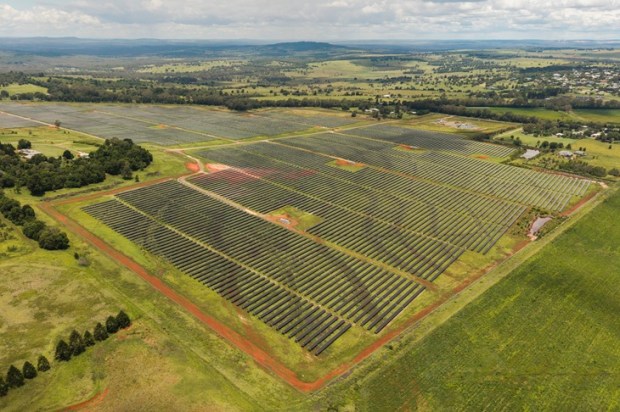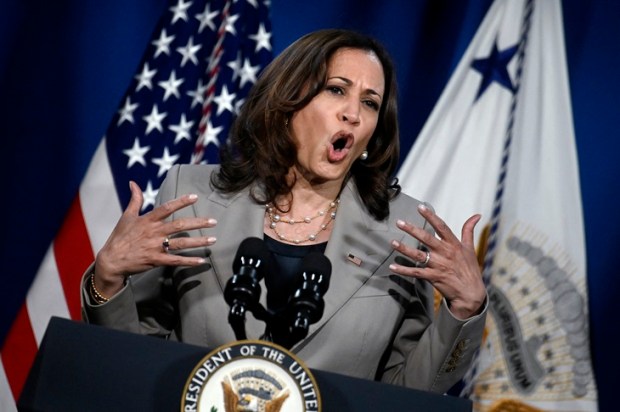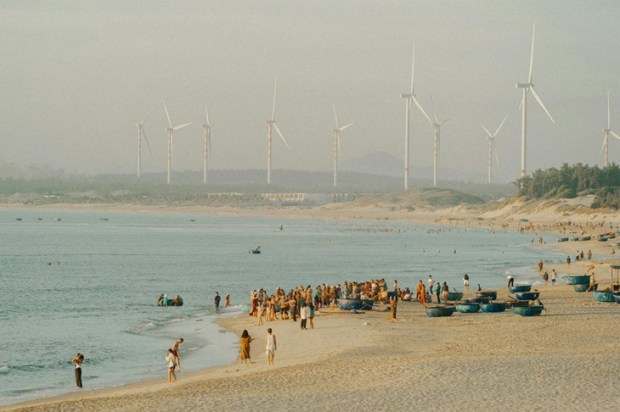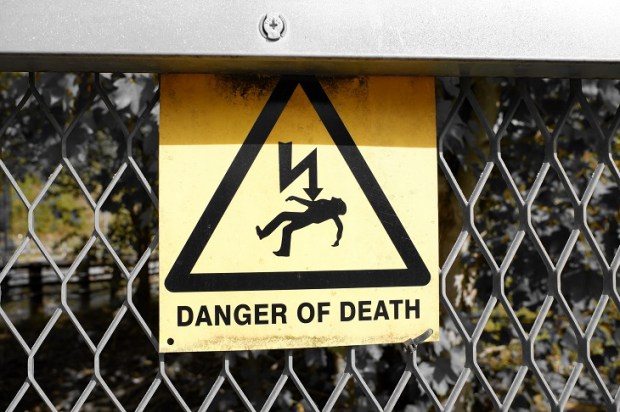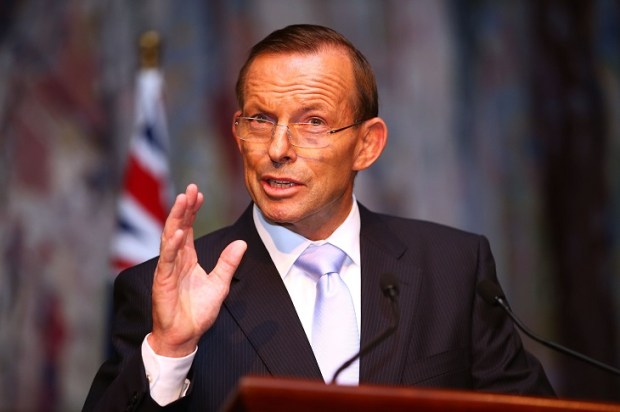Paul Broad, the former head of Snowy Hydro, resigned amid, according to the Australian Financial Review, an escalation of tensions with Energy Minister Chris Bowen. Broad did not comment on his reasons for resigning. In a recent interview with 2GB, he said ‘it will take 80 years not 8’ to transition to renewables. He seems to claim we need this transition, but I do not believe we do. Most political leaders are deaf to such views, which swim against a tide of activist enmity and businesses searching for subsidies.
You can’t. And the truth is, we need this transition. If it ever occurs, it will take 80 years, not eight. So there’s massive changes need to occur. And I’m deeply concerned about the rush. The notion that somehow this is all magic. I’m going to wave a magic wand. We’ll close a big baseload power plant. It’s kept our lights on for years of my life and we’re just going to close them and all these alternatives out there.
Other interested parties are investing in training a ‘climate tech army’ as part of their strategy to replace low-cost, reliable coal and gas with wind/solar. Wind and solar will be profitable if large, wealthy owners and investors like Origin’s prospective new owner ensure coal generators close. Such closures will continue the process of driving up electricity prices. This will sweeten the benefit the $7 billion a year in subsidies wind/solar receive, subsidies that have been further augmented by the new ‘Safeguard Mechanism’ imposing additional carbon abatement costs on the top 215 firms.
But it remains insufficient either for the subsidy seekers or to provide adequate support for intrinsically high-cost renewable energy. Thus, the Carbon Markets Institute, while welcoming the increased subsidies under the Safeguard Mechanism, added this was ‘only a starting point … in urgently addressing industrial sector decarbonisation and must be a springboard for greater action’. The Clean Energy Council is calling for an extension of the subsidies under the ‘Renewable Energy Target’, a scheme first introduced 20 years ago to give wind and solar a temporary lift until it achieved its predestined cost supremacy over all other energy sources.
Politicians, whose green energy agenda is undermining the nation’s economy, would have been pleased at recent comments that renewable energy supplies are at record levels and this was driving down the wholesale cost of energy which was $83 per MWh in the March 2023 quarter.
Actually, the March quarter’s wholesale price compares with that of $40 per MWh six years ago when there were fewer renewables (and when current investment-suppressing government price caps were not in place). Moreover, with the Liddell coal station closing at the end of April, upward pressure is evident. The wholesale price is now back to over $150 per MWh. There have been calls for more subsidies to wind and solar in the form of investment in new transmission and firming technology to connect new wind and solar farms, and to even-out the variable nature of renewable generation.
There seems to be no limits to the ambition of the renewable energy promoters. According to AEMO, Australia will need 15 GW of storage by 2030 (61 GW by 2050). The US National Renewable Energy Laboratory projects the cost of this at about US $1.2 million per GW, which is a little lower than the price paid for the original Tesla Hornsdale battery built to shore-up the wind dependent South Australian network. In addition to the costs of replacing lower cost coal with wind/solar, the storage AEMO envisages comes with a $A26 billion battery cost by 2030.
To put this in perspective, the capital cost of a replacement for the NSW recently closed Liddell power station would be around $5.4 billion meaning we could have five such power plants generating electricity at an operating cost of less than $20 per MWh (compared to $100 per MWh cost of wind) without the need for any additional battery spending.
Such costs come on top of the news that Malcolm Turnbull’s great white hope for cheap storage, Snowy 2, has predictably become the great white elephant. Originally sold as a $2 billion project to assist the transition to a carbon-free electricity system, Snowy 2’s cost has mushroomed to a likely $20 billion and its start-up date (assuming no government has the common sense to cancel it) has blown out from 2021 to 2030. Snowy 2 has no rationale other than as a firming mechanism for variable wind and solar. Its costs, therefore, add to the $7 billion a year of those supplies’ subsidies, subsidies that are supplanting otherwise lower cost coal generating plants
Australia is not alone in having politicians who have festooned themselves in the human-induced global warming dogma. They are mainly responding to a conviction about the myth of dangerous global warming driven by populist institutions and adopted by the electorate (and their children). But this is massively abetted by politicians’ own hubris and their determination to ‘make a difference’ in energy policy. In doing so they are aided by vested interests and an all too willing public either anaesthetised to the costs or accepting dogma that those costs are resulting from developments other than those fomented by political decisions. And they have staffed their advisory institutions with people who do not know or will not advise them of the destructive consequences of their actions.


